It doesn’t matter what type of company you have or what industry you’re in; everyone needs to align their marketing plan with email campaigns.
A common myth exists that email marketing is dead. That obviously isn’t the case. Email marketing is still the best ROI driven form of online marketing.
The reach and results you can achieve with the right email marketing campaign make it very enticing for the marketers.
For those of you who are struggling with your email marketing strategy, there’s a fair chance you’re making some mistakes. Don’t get us wrong, We are not telling you this to deter you.
Actually, that’s good news. This implies that to have more success, you need to make some changes to your approach.
One of the reasons why email marketing is so beneficial is that it offers a high ROI.
81% of small business owners say they rely on email as their primary marketing tool for customer acquisition. Additionally, 80% of small businesses state that email marketing is also their key tool for retaining clients.
You may be making mistakes that are holding you back without even realizing it. So if you’re ready to take your email plan to the next level, check these eight errors that should be avoided at all costs and correct them.
Not welcoming your subscribers
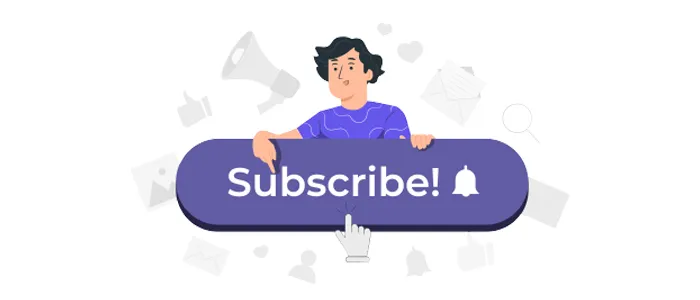
A new subscriber has just been added to your email list. That’s terrific stuff!
This individual was browsing your website, made their way to a landing page, saw your proposal for email value, and filled out the form fields required to sign up. They’ve taken a lot of steps, so they’re obviously interested in your website and brand.
What now?
You’re making a big mistake if you don’t plan to contact them until you send your next newsletter or coupon. Welcome emails should be activated immediately after registration. That’s because, relative to every other category of email, they have the highest open rates.
It makes a lot of sense here. For a second, think about it.
Why was this person signing up?
You may have an e-commerce store and you have promised something for people who opt-in to your email list, along the lines of exclusive discounts or offers. This visitor obviously wants to purchase something.
With that in mind, you can refer to my guide with welcome emails on how to generate sales.
Welcome messages have a 336% higher transaction rate and a click-through rate that is 196% higher than any other email you send.
This is something you need to take advantage of. Yes, ideally, you want to engage this subscriber down the road with all of your emails. But you don’t have any reason to wait. Get them to convert now, as soon as they sign up, by triggering a welcome as the first message in a drip campaign.
Also Read: How to improve domain reputation for better email deliverability
Forgetting a call-to-action
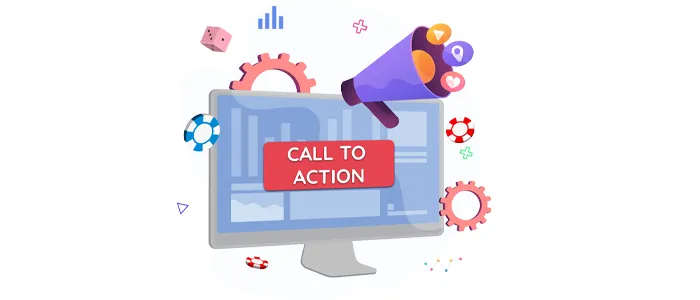
You think all day, every day, about your company and website. Nights, weekends, holidays, it doesn’t matter; you still have your company in mind.
Assuming that your customers feel the same way as you do will be great, but that’s just not the case. So it does not add any value to their lives to send them a “hello” or “just check in” message for no reason.
All of your messages must have a goal and have a simple CTA that drives your goal home.
Otherwise, what do you expect the message to do to the receiver? There should always be something in the message that attracts conversions, even though you send a newsletter or some sort of breaking news update.
This isn’t the only CTA error that people make. On the flip side, some site owners can go overboard instead of failing to include a CTA altogether and include four or five in the same post.
- Save now, Shop Now
- Join the reward program
- Share this message with a friend
- Share on social media
- Register for our forthcoming event
All of these CTAs, by themselves, are just perfect. But the reader will get confused when you add all of them to one post. Your subscribers would be confused by too many contradictory CTAs and end up hurting your conversion rates.
Priming and setting up the call to action should be the content of the post. The CTA should be about buying, for instance, if you’re launching a new product, it should be about signing up for product launch in the CTA.
Sending too many emails
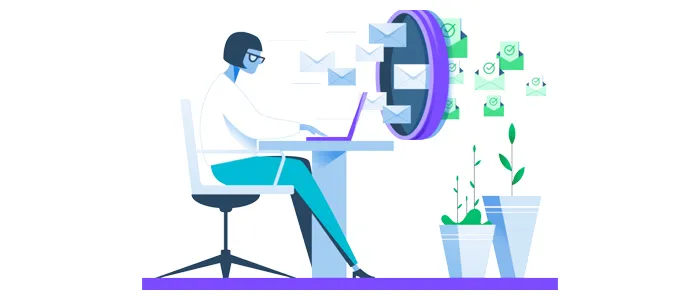
It just doesn’t give you the right to spam them with messages all day because someone has subscribed to your email list. 121 emails per day are sent by the average employee who works in an office. Per year, that’s more than 44,000 emails! And it’s no wonder the number one reason people unsubscribe from email lists is that too many messages are sent.
Think for a moment about this. Place yourself in a consumer’s shoes.
How much do you check your emails and feel irritated with all the messages you have? It drives me nuts. You don’t want customers with your website and brand to have that connection.
When they get a message from you, they should be pleased, not feel irritated. Ask them the frequency of communication that they like, as well as the type of messages they want. Then segment your subscribers based on their responses accordingly.
Also Read: 15 Email marketing tips to follow
Not segmenting subscribers
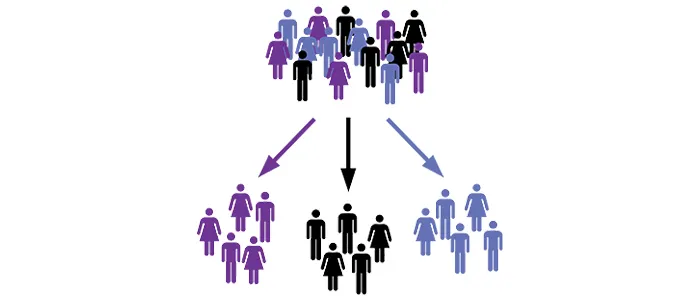
You’re doing it wrong if you have a long master email list where every subscriber receives the same content at the same time. This is a massive error.
As explained in the previous point, clarified how some individuals would like messages more or less often than others. Some subscribers may just want deals and coupons, while others want your newsletter. Everyone has different needs and desires.
Let’s assume you run an e-commerce store, for instance. A 20-year-old male subscriber doesn’t care for the same items as a 50-year-old female subscriber. So it is not a winning strategy to give them the same post.
You will get more opportunities, sales, and leads, while growing customer retention, acquisition, and transaction rates at the same time.
In addition, surveys indicate that 60 percent of individuals would delete an email they deem irrelevant. 27 percent of individuals unsubscribe and 23 percent mark them as spam from irrelevant newsletters.
That is right. Your subscribers will still unsubscribe, even if you’re not sending emails very regularly. But segmenting subscribers eliminates the risk that they will view your content as irrelevant.
- Location
- Age
- Sales cycle
- Language
- Lifetime value
- Interests
- Browsing behavior
- Previous purchases
These are all standard starting points for your email lists to be segmented. It needs to be a priority to learn how to deliver valuable content by segmenting the email subscribers.
Delaying campaigns
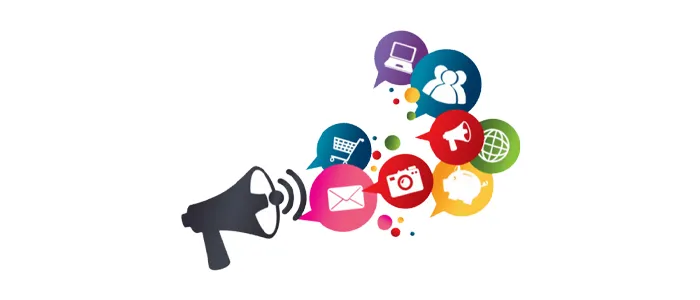
We frequently consult with lots of different owners and companies of websites. A lot of them have the wrong idea of when email promotions should be sent when we talk about email marketing.
Let us give an example for you.
Say that you already have 1,000 email subscribers on your list. Last week, you sent out a letter to all of them. This week, you’re ready to run a new campaign, but since your last campaign, you have only acquired ten new subscribers.
That is not a reason for the initiative to be put off.
Yet we see business owners all too frequently stopping campaigns until they have more subscribers. You can still deploy a new campaign to the same individuals as long as you don’t send messages too much, regardless of how many subscribers you have acquired or lost between messages.
Your loyal subscribers are familiar with your brand already. 60 to 70 percent is the chance of sale to a current customer. But the odds of selling to a new client are just 5% to 20%.
There’s no justification for you to hold off on the basis of these figures. Plus, a welcome email that we mentioned earlier in this guide should be sent to every new subscriber. So right away, you’ll be able to target them with a bid. Pick a plan for anything else and stick to it. Avoid coming up with reasons for new campaigns being postponed.
Neglecting mobile users

We presume most of you are going to use the desktop to craft your email marketing messages. All looks excellent on these big screens.
Time for your subscribers to send it out, right? Not so quickly.
You need to view your message from a mobile device to see how it looks. There will be mobile-optimized features in most email marketing software out there.
But by sending a test email to yourself, the easiest way to do this is. Always have a group on the office and executive email marketing list. Basically, these are just a handful of your email addresses. Always submit content to this community first, so before it goes out to the masses, you can review everything.
Look at which devices are often used by people to check their emails. Smartphones for individuals of all ages are by far the most common devices.
So, even though your message is theoretically mobile-friendly, there are other things you should bear in mind, based on the test run through your email program.
Avoid long text lines. On a 4-inch mobile screen, anything that is two or three lines on a desktop computer could be up to ten lines.
There should be visuals in your email, but don’t rely too heavily on pictures. By this, here’s what we mean is some email apps won’t view photos automatically. So, if your whole message is based on your picture’s meaning, you might be out of luck.
You have to know how to improve the open rate by addressing the needs of smartphone users.
Sending unprofessional messages

We discussed earlier why you shouldn’t postpone campaigns. But with that said, in a matter of minutes, emails should not be submitted either. Take the same technique as if you were writing a blog or adding a new landing page to your website.
Plot it out. Create an overview. Write a copy of it. Put it via some tools for editing. Proofread, and then again, proofread it. Slang, mistakes in spelling, and poor formatting will not reflect well on your business.
Imagine receiving a high-end brand email trying to sell you a $2,500 watch. But there are typos and grammar errors in the post. Do you want to buy the watch?
Probably not. It seems like a bad reflection of the entire business.
Do people assume what other shortcuts are you taking if you don’t take the time to do something as simple as writing an email?
The response to the address for the email should be your business. Not your old @hotmail.com screen name. For formatting purposes, you can also A/B evaluate all of your addresses. This will all make sure that your messages look as professional as possible.
Not prioritizing sign-ups

Your marketing strategies for emails would only be as successful as your list of subscribers.
With the perfect CTA and skilled design, it does not matter if you have great content in your mobile-optimized post. You can’t expect amazing outcomes if you only have 30 people to give it to. You need to recognize that email lists are not created overnight, but this has to be something you still work on.
No number is ever sufficiently high.
It won’t produce subscribers if you only have “sign up for our emails” hidden somewhere in the corner of your website.
Remember, with almost 1,000 emails a week, people are being bombarded. Unless they have a legitimate reason, they won’t be signing up to obtain more.
Collecting emails is an innovative approach.
First of all, you can’t miss it because when a user is surfing, it takes up virtually the whole screen. Because they run an e-commerce platform, it is fair to say that their goods are of interest to travelers.
They’re basically killing two birds with one stone by giving a discount in return for an email sign-up.
- Add a buying bonus
- Benefit subscribers to email
In terms of a welcoming letter, refer back to what we discussed earlier. In a case like this, when a guest signs up, it is completely important that they are greeted with a discount immediately.
You do need to prioritize sign-ups and add value to potential customers, even though you don’t have an e-commerce store. Give free downloads, video guides, or other forms of exclusive email opt-in material to them.
Conclusion
Email marketing is alive and flourishing and needs to be made a priority for all businesses.
But some people wrongly do email marketing. You may just have noticed after reading this guide that you fall into that category.
Don’t be afraid. It is fairly easy to correct these common errors.
The hardest step is finding them. But now that you understand what needs to be changed, you can make some improvements and move on with the changes to your email marketing plan.



















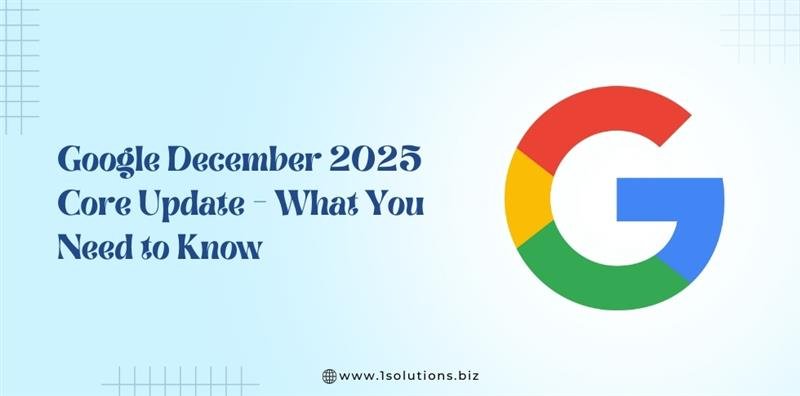




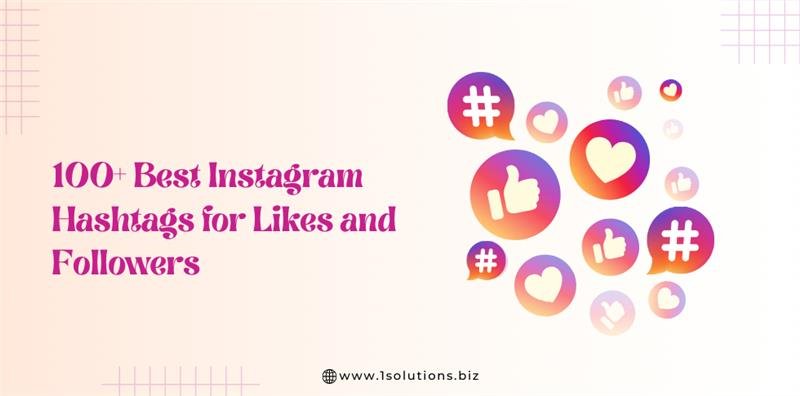
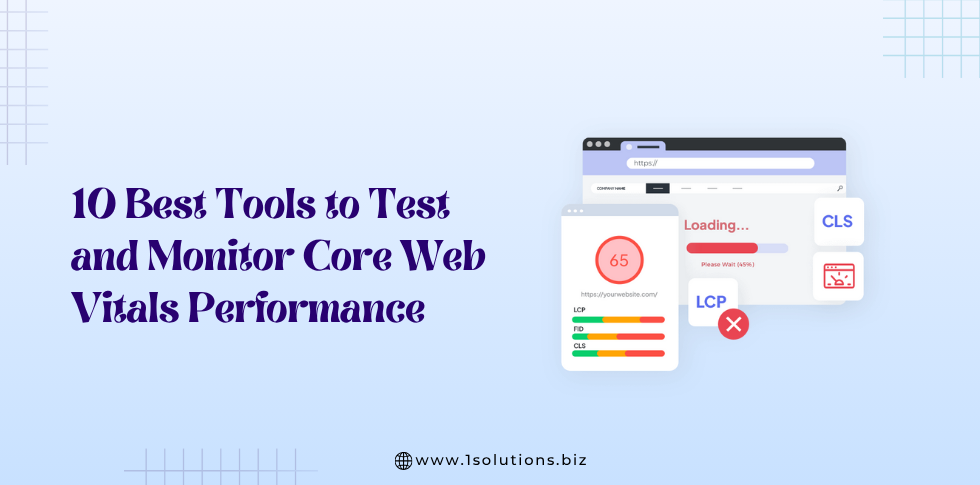




 in India
in India